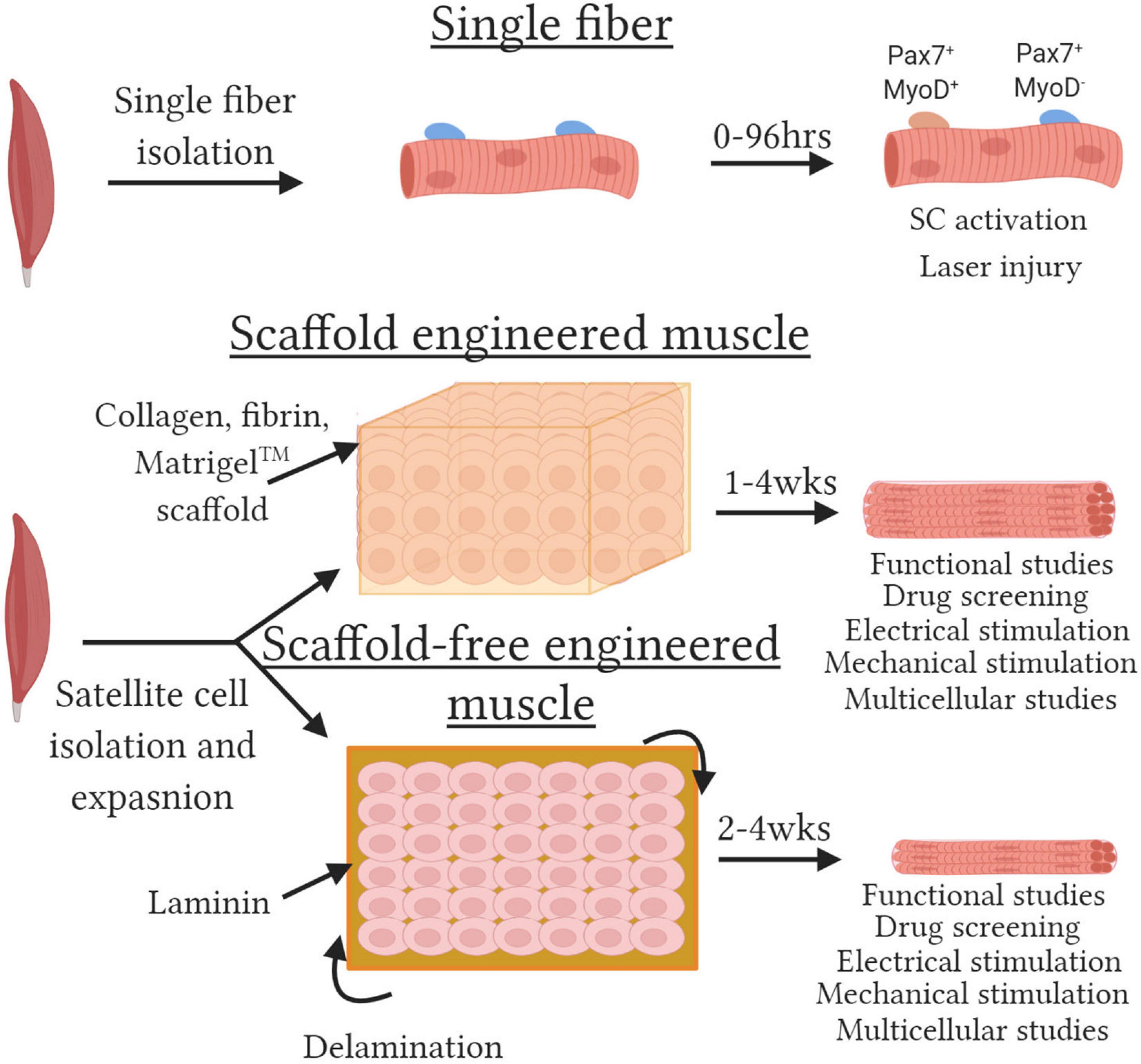Muscle Cell Structural Adaptation. A muscle cell known technically as a myocyte is a specialized animal cell which can shorten its length using a series of motor proteins specially arranged within the cell. In adult mammalian muscle cells energy consuming processes are mainly localized to the sarcolemma sarcoplasmic reticulum SR and myofibrillar compartments while energy production occurs within mitochondria or glycolytic complexes.

Muscle develops passive tension as it is stretched beyond its slack length and within fibers passive tension has been attributed primarily to titin a giant protein that spans from the Z-disc to the M-line within sarcomeres. Jorgenson Kent W Stuart M. Functional and Structural Adaptations of Skeletal Muscle to Microgravity.
They contain protein fibres that can.
Each cell type has components that are found in all cells and unique modifications to components that give the cell type its unique attributes. The primary deleterious changes are muscle atrophy and the associated decline in peak force and power. Each myofibril is composed of many sarcomeres bundled with each other and attached one end to another end. The epimysium also separates muscle from other tissues and organs in the area allowing the muscle to move independently.

